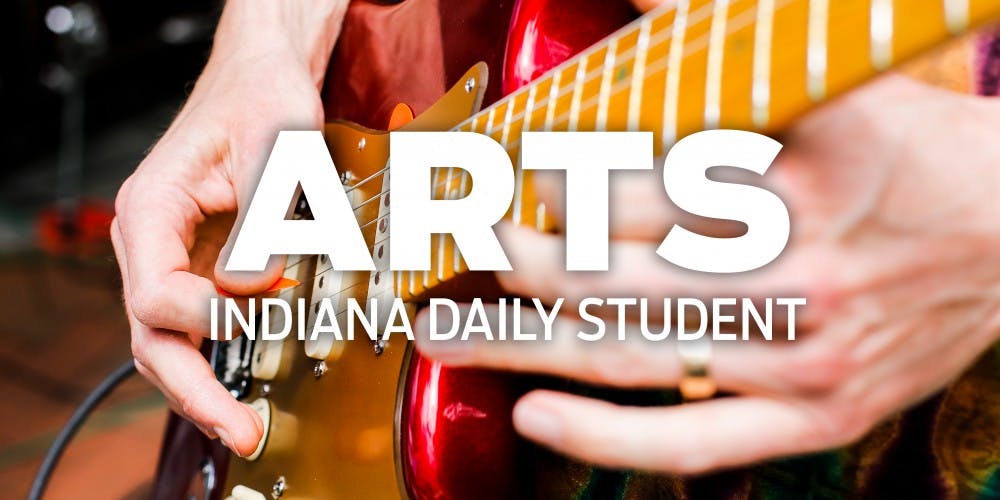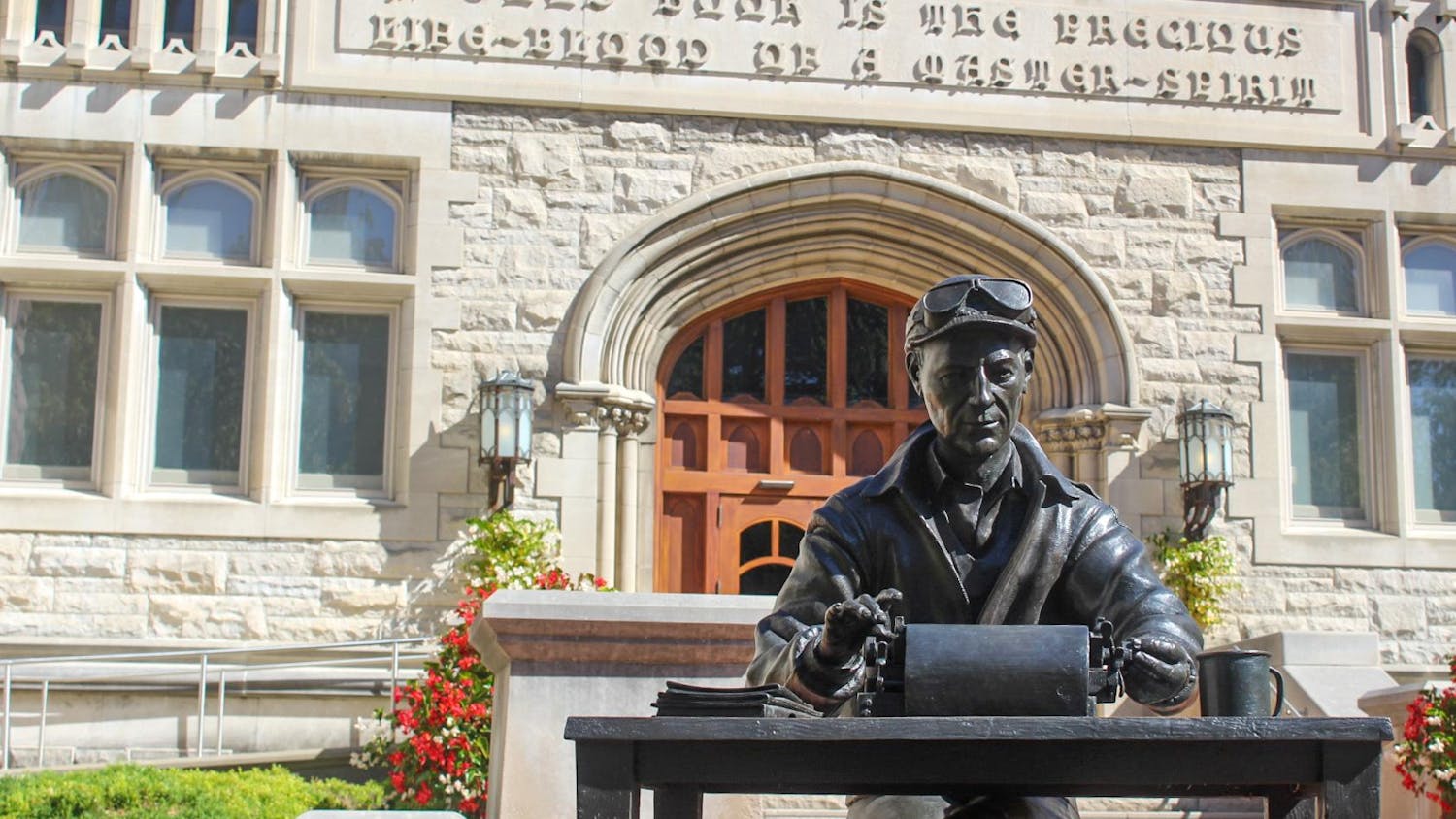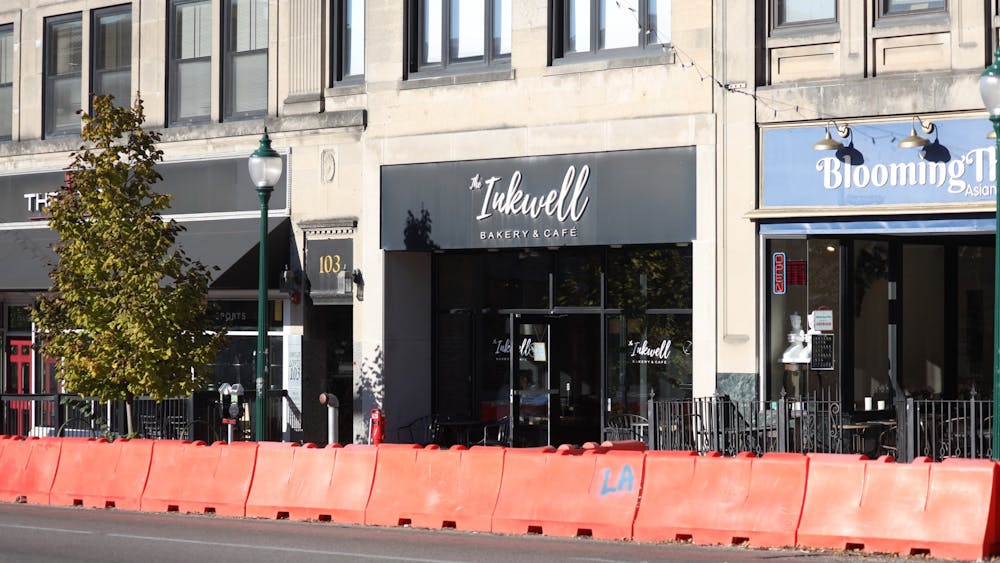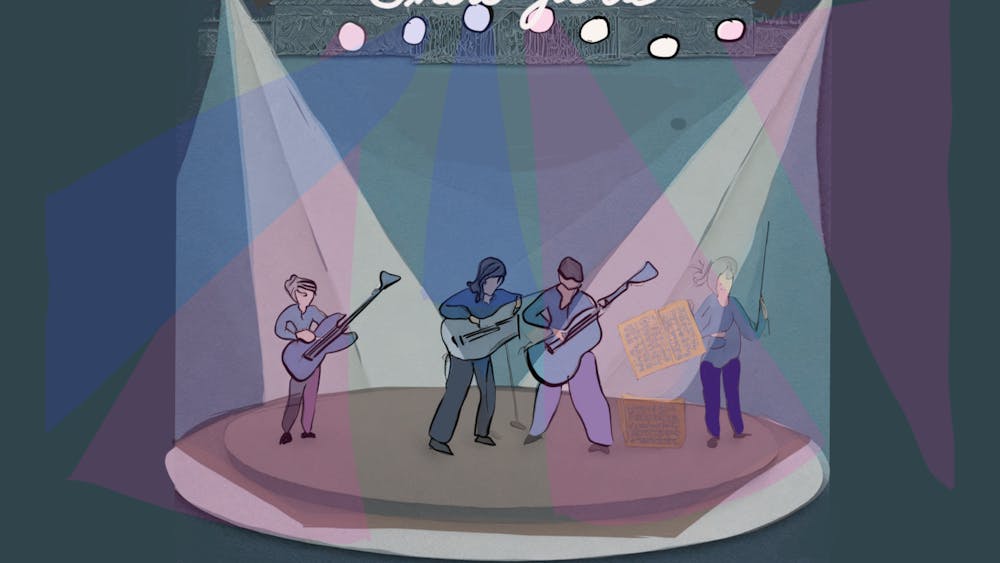Just in case my trip to Maastricht, the Netherlands, failed to stir up enough excitement on its own, I was erroneously told at the Indianapolis International Airport’s check-in counter that I required a visa to board my flight from New York City to Brussels.
Thankfully, after numerous phone calls, airline representatives in Belgium were able to rectify the situation after I safely arrived at my destination.
Yeah, good times.
It didn’t take long for jet lag to set in, but the wonder of being in a completely foreign country more than 4,200 miles — 6,880 kilometers, I should say — from home gave me a much-needed energy boost.
During the course of its relatively short history, Maastricht and its namesake university have become known for their international flair.
Students from other areas of the world, some as close as the United Kingdom and as far as Brazil, are placed in one of several dormitories not unlike those found on IU’s campus. The experience, though not quite as culturally immersive as a homestay, has been an eye-opening one.
It didn’t take long for me to realize that being an American meant answering questions about the inauguration of President Trump. As you might expect the general attitude of Europeans toward our 45th president falls somewhere between amusement and utter confusion.
Even though many Europeans have experienced the rise of populism in their respective countries firsthand — Geert Wilders’ Freedom Party is surging in polls for spring elections in the Netherlands — it seems that many believe the main difference between Trump and his European counterparts is the latter have coherent beliefs whereas Trump simply babbles disjointed nonsense.
While the perspectives toward the political upheaval in the region could provide enough content for its own weekly column, I’ve been focused on adapting to my new way of life.
I’ve grown accustomed to the convenience of 24-hour grocery stores, but my shopping habits aren’t all that have been shaken up. As is the case in many ancient cities, Maastricht’s network of criss-crossing cobblestone streets appear to lack any semblance of order, which has made navigation a challenge.
Thankfully most locals are generally very friendly and more than willing to point foreigners in the right direction. Once classes begin on Feb. 6 and I settle into a daily commute, I anticipate becoming much more comfortable getting from point A to point B.
The town of Maastricht is like something out of a story book. Many of the buildings near the city center date back to the 17th century.
On my second day, I visited Mount St. Pieter, which is southwest of the city center and has the distinction of being the highest point in the Netherlands, although it’s really not much more than a hill.
Atop the hill sits Fort St. Pieter, constructed around the turn of the 17th century to fend off French invaders. The fort and its seemingly impenetrable walls protected the city for nearly 200 years before it was decommissioned in the late 1800s.
Adapting to life in the Netherlands has not been quite as difficult as I would have expected thanks to the geniality of the locals and the company of others from around the world who are facing the same challenges. This week I’ll embark on my first European excursion to spend four nights in Berlin. It will be tough for Berlin to match the charm of Maastricht, but I look forward to the adventures that await.
jkilcull@indiana.edu






